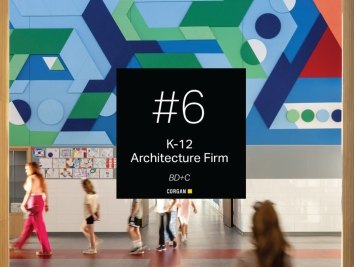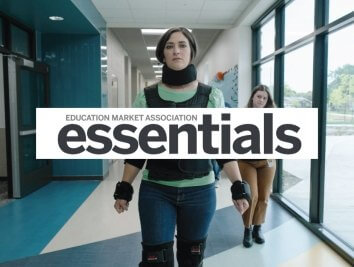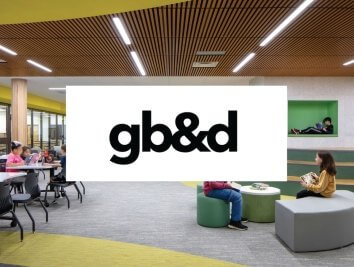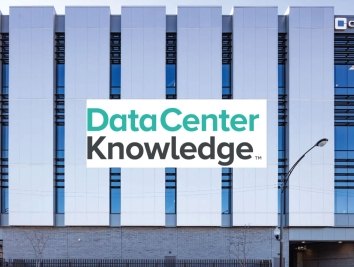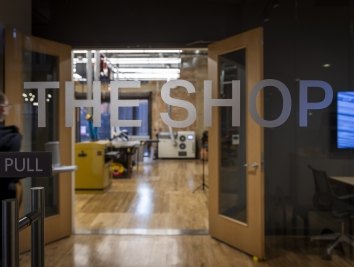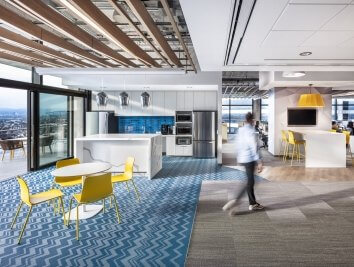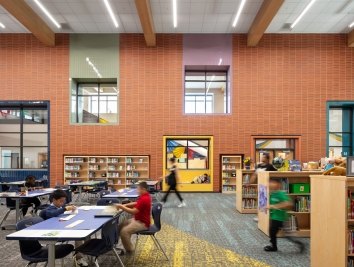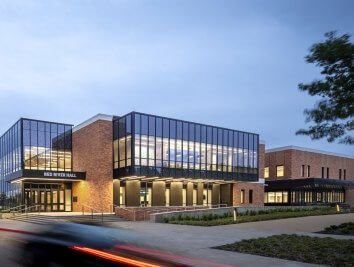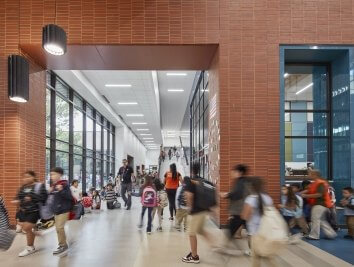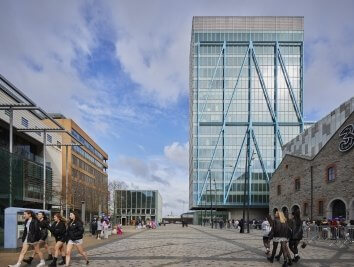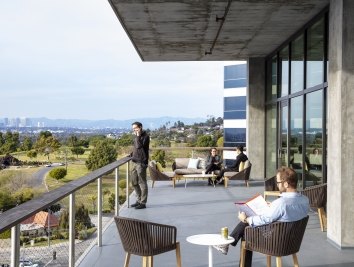The Digital Future of Campus Communities
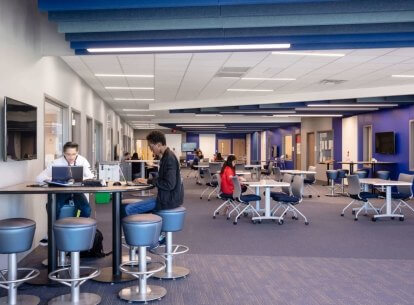
The Digital Future of Campus Communities
As edtech heats up, new technologies are not only providing more interactive, engaging, and inclusive learning opportunities, but they’re also revolutionizing our sense of community on campus—forecasting and responding to the evolution in the ways we engage with each other and the world around us.
Cultural phenomena such as Fortnite and NBA virtual reality goggles have spawned new dance moves and massive YouTube followings. Whether battling in an imaginary world, sitting courtside at a playoff game, or dancing alongside avatar friends at a virtual concert, immersive virtual technologies offer experiences only possible in this digital “third space” where spectators are more than witnesses—becoming active participants present in the evolution of a new kind of community.
Online communities are certainly not new. For decades, social media, forums, and messaging boards have brought people together around common interests and shared goals. The explosion of emerging technologies, however, has ushered the possibilities of immersive experiences that replicate real life and challenge traditional notions of community and the way we think of school communities.
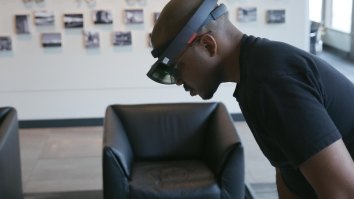
Technologies such as haptic sensing, AR/VR, and gestural and voice-activated technologies are unlocking educational possibilities that not only meet current, prevailing social expectations but also expand the community beyond the limitations of place, time, and resources. As schools look to preserve the social element of the campus as a place to learn leadership, empathy, problem-solving, and communication skills, these technologies, when used appropriately, can promote the development of these competencies while meeting students where they are.
Injecting physical touch into a virtual world, for example, haptic sensing replicates sensations from the smallest buzz and squishiest slime to the hum of a guitar string and the thud of a bowling ball. Students can give their best friend a hug or high-five, compete in a soccer match, or harmonize in a virtual band even when separated by an ocean. Adding new layers to our physical world, AR/VR creates a new or enhanced environment where virtual field trips can take classrooms to far away locations, exchange students are invited to share their experiences with students, and regular school programming and activities can be done alongside students from anywhere in the world. Imagine motioning or calling your environment to life. Among a world of possibilities, gestural and voice-activated technologies allow students to paint, turn up the music, and make characters move in a virtual space with a simple swipe of the hand.
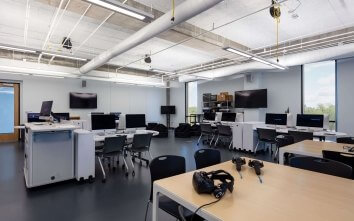
Suddenly, the community on campus reflects the increasingly global community of future commerce and modern life. Avatars can help students grow their self-confidence, learn to accept differences, or participate in activities otherwise limited by physical abilities, language proficiencies, or resource availability. Students can also join in interactive, collective cultural experiences such as dances and performances with schools from all corners of the globe.
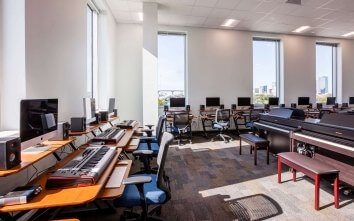
Together, these technologies blur the line between the digital realm and the physical one—redefining our sense of place, how we talk to each other, how we think of social bonds, and introducing new ways for communities to take shape. Where once social connections on campus or in childhood depended on face-to-face time—determined by which the students in your class or on your sports team, for instance—new technologies have started to move student communities to the digital and virtual world. As the popularity of readily available technologies in the consumer market continues to grow, educators can look to adapt these technologies for the school setting as a powerful means of providing students everywhere with rich social experiences.
Where social connections between students once hinged on face-to-face time-limited by geographic location, the students in your class, or the others on your sports team, for instance, new technologies have started to move student communities to the digital and virtual world—creating a place accessible anywhere, anytime. This virtual space becomes a sort of “third place” that complements and enhances the depth and purpose of the built environment. It offers an opportunity to add a dynamic layer to the student experience—teaching students critical social skills in engaging and interactive ways, introducing a global community to the local campus, and making collaborative problem-solving and communication more fluid and intuitive. Freeing up space from individual, siloed learning environments in favor of more shared spaces, these technologies can maximize the potential of the classroom and the entire campus while calling into question our traditional notions of place—from what boundaries define the campus to assigned seating, individual desks, and lockers.
Activating the classroom as a global citizen, these emerging technologies not only introduce new ways to think about and facilitate on-campus connections and relationships, they begin to lay the foundation of a more expanded, global classroom that empowers students to better relate to themselves, each other, and the modern world around them.





